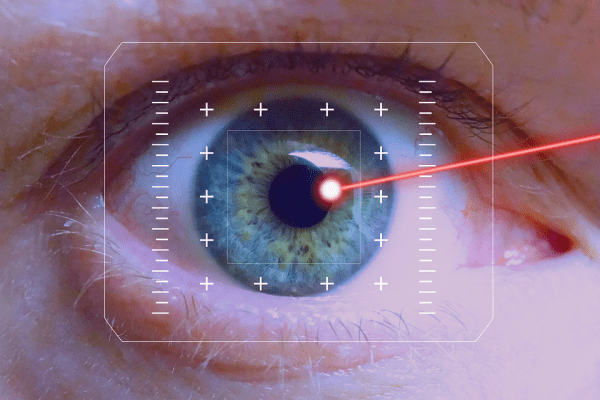Not having 20-20 vision is a real inconvenience to many people. Contact lenses are tedious to wear and maintain. If you use it, you have to be constantly mindful of keeping it sanitized, and make sure you do not wear it for too long. For some, wearing eyeglasses are no longer appealing, the frames get scratched or break. It can also make and determine how a person’s outfit would look. Both contact lenses and eyeglasses are options that require a lifetime of financial commitment as well.
When LASIK treatment started becoming more accessible to more people, the idea that: poor vision may be solved once and for all had a strong appeal among the market. In fact, an estimate number of 600,000 people undergo this treatment yearly. LASIK stands for Laser-Assisted In Situ Keratomileusis.
LASIK works as a refractive eye surgery that alters the shape of the cornea and helps repair the vision. The treatment almost has a 100% satisfaction rate among the patients. Almost immediately, clients are able to see clearly with no further procedures or other tools. It somehow guarantees better vision right after the surgery, no need for post-operation therapy sessions.
While everyone tries to be positive about LASIK, there can be some risks that go with the surgery. It is important to note the following challenges. In addition, this treatment must be first discussed thoroughly with the patient’s doctors, particularly the ophthalmologist. Here are some warnings you should know about LASIK
How Does LASIK Work?
You’ve probably heard of LASIK, but you may be unsure exactly how it works.
LASIK is a treatment basically done on the cornea, the surface layer of your eye. Most vision problems are due to strains at the cornea. When the cornea is strained or wrongly shaped, light is not properly refracted or focused and it becomes harder to see. LASIK involves using a blade or laser that fixes the cornea problem by cutting the flap on it, after this step, a laser is used to reshape the cornea and then a new flap is placed on the cornea. This change leads to an improvement on the shape of the retina, which then improves the focus on the light as received by the retina.
There are 3 conditions which LASIK is qualified to treat according to the FDA:
* myopia (condition wherein one is nearsighted)
* hyperopia ( condition wherein one is farsighted)
* astigmatism (the curvature of the cornea resembles a football rather than a basketball)
Who Should LASIK be avoided?
A comprehensive visual exam must be conducted by an ophthalmologist before a LASIK procedure. This will identify whether the patient is a good candidate for LASIK or not.
The following are conditions that will disqualify the patient from undergoing LASIK.
- autoimmune diseases, like rheumatoid arthritis;
- immune compromise (think HIV/AIDS);
- ectasia, or bulging of the cornea, which occurs with keratoconus;
- history of eye disease, such as glaucoma or herpes;
- history of eye injury or surgery;
- dry eyes (sicca), as occurs with Sjorgen’s syndrome;
- thin corneas;
- large pupils;
- diabetes;
- use of corticosteroids, which deter wound healing;
- recent changes in your contact lens or glasses prescription;
- some cases of age-related changes to the eye like presbyopia;
- very large refractive errors;
One obvious condition will disallow a person from having LASIK: a 20-20 or perfect vision of course.
Possible adverse effects of LASIK
LASIK is beneficial in most cases; however, there are just risks that may be encountered even among those who are initially good candidates. Given that this procedure is still young and relatively new, there are no long-term studies on the effects of the surgery.
For utmost safety, here are some possible negative effects of LASIK:
Mild effects
- dry eyes
- blurred vision
- halos
- sensitivity to light
- starbursts
- double vision
These symptoms can become permanent and problematic for some people.
More severe effects
- vision loss
- infection
- ectasia
- overcorrection
- undercorrection
While several cases lead to 20/20 vision; there are instances where LASIK does not lead to perfect vision. Some patients may still need to wear glasses to read for certain things including reading. This may apply to those with age-related presbyopia, or farsightedness that occurs when one is in middle or older age caused by the decrease in elasticity of the lens of the eyes. For some people, multiple surgeries are required even after LASIK.
To make sure you are getting the best, research thoroughly when looking for an ophthalmologist for your LASIK eye surgery. Check the devices and technology used in the medical facilities you are considering. Check all available medical practitioner whose experience in handling LASIK procedures make you feel comfortable. Also, do not easily be swayed by discounted or bargain LASIK procedures, remember this can make or break your vision, so better go for the best option available.
